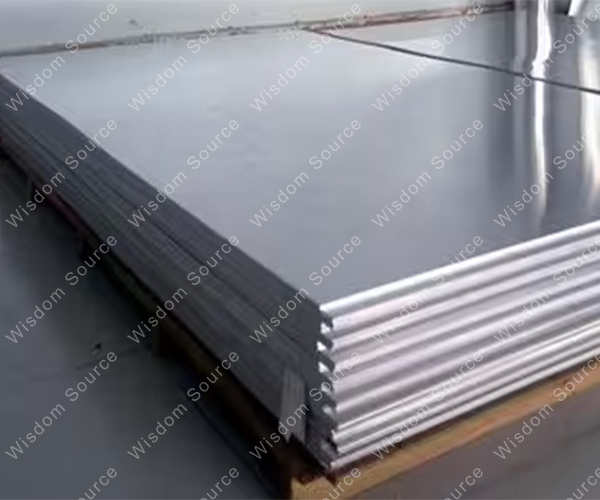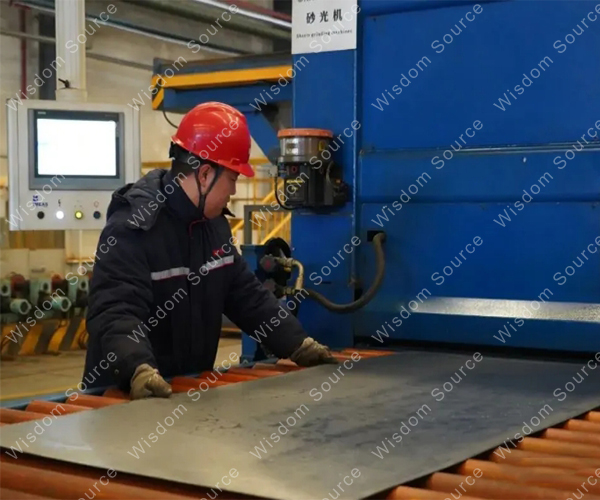Analysis Of Cutting And Welding Performance Of Gr2 Titanium Plate
Analysis Of Cutting And Welding Performance Of Gr2 Titanium Plate
In titanium processing, cutting and welding Gr2 titanium plates is a common process, but due to its special physical and chemical properties, it is easy to produce defects in joints and heat-affected areas (HAZ) during welding and cutting. When welding, we need to focus on the following physical properties of titanium plates:
1. Coefficient of thermal expansion: Austenitic titanium plate is 1.5 times higher than low-carbon titanium plate;
2. Thermal conductivity: only 1/3 (Austenitic type) or 1/2 (high chromium type) of low-carbon titanium plate;
3. Specific resistance: up to 4 times that of low-carbon titanium plate (austenitic type) or 3 times (high chromium type).
In addition, factors such as density, surface tension and magnetism will also significantly affect the welding quality.
The main problems of Gr2 titanium plate welding performance
1. High Temperature Crack
1) Types: including solidification cracks, microscopic cracks, heat-affected zone (HAZ) cracks and reheating cracks.
2) Cause: it is related to the thermal cycle of welding, material composition and stress concentration.

2. Low Temperature Crack
1) Easy-to-develop materials: martensitic titanium plate and ferrite titanium plate containing martensitic tissue.
2) Causes: hydrogen diffusion, joint binding force and hardened tissue.
3) Solutions: control the source of hydrogen, reasonable preheating and heat treatment after welding, and reduce the degree of restraint.
3. Decrease In Toughness Of Welded Joints
1) Austenitic titanium plate: In order to inhibit high-temperature cracks, 5%-10% ferrite is retained in the tissue, but it will reduce the toughness at low temperature.
2) Duplex titanium plate: The decrease of austenite in the welding area leads to a decrease in toughness, and the increase in ferrite content will exacerbate this phenomenon.
3) High-purity ferrite titanium plate: carbon, nitrogen, and oxygen impurities can easily form oxide inclusions or CRNN precipitates, becoming a source of cracks.
4. Phase Embrittlement
1) Easy-to-develop materials: austenitic, ferrite and duplex titanium plates.
2) Temperature range: 600-900℃ (especially near 750℃).
3) Preventive measures: reduce the ferrite content and avoid prolonged high temperature exposure.

5. 475℃ Embrittlement Mechanism
When Fe-Cr alloy is kept warm for a long time at 370-540℃, it is decomposed into low chromium α phase and high chromium α' phase (Cr>75%).
Impact: Significantly reduce the plasticity and toughness of the material.
The welding of Gr2 titanium plate needs to optimize the process according to its characteristics, such as controlling heat input, selecting protective gases to prevent pollution, and reasonably designing the heat treatment after welding to avoid problems such as cracks, embrittlement, and toughness loss.
